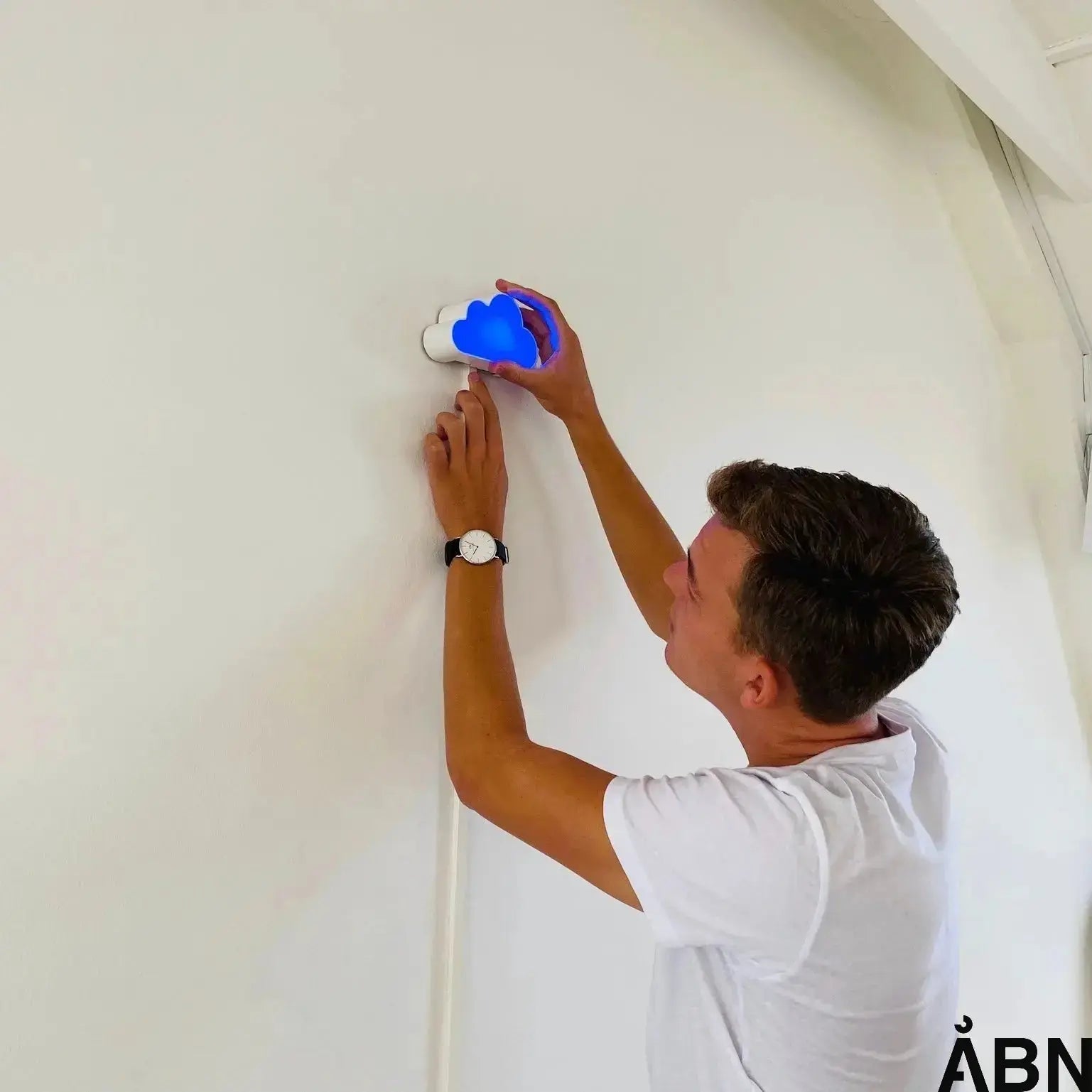Symptoms of poor indoor climate
Imagine walking into a classroom, an office or a daycare center. Everything looks fine – but something feels wrong. You get tired quickly, get a headache or have difficulty concentrating. Maybe your eyes start to itch or your nose starts to run. It’s not just you – it could be the invisible guest at play: poor indoor air quality.
The indoor climate is a silent player in our everyday lives. We don't always notice it directly, but it affects us – both physically and mentally. In this article, we delve into what the symptoms of poor indoor climate are , why they occur, and how you as a professional or parent can act on them.
What is poor indoor air quality?
Indoor climate covers the physical and chemical conditions in the spaces we live in – such as temperature, humidity, CO₂ level, noise and light. When these factors are out of balance, it can lead to a number of health and cognitive symptoms. According to the Danish Health Authority, indoor climate is a significant factor for public health in Denmark and can have both short- and long-term consequences.
The most common symptoms of poor indoor air quality
The symptoms of poor indoor air quality are often non-specific – meaning they can be confused with other conditions such as stress, dehydration or general fatigue. However, when several people in the same room experience similar symptoms and the symptoms disappear when you leave the building, it is worth taking a closer look at the indoor air quality.
1. Fatigue and lack of energy
One of the most common symptoms is a feeling of fatigue and lack of energy. This is often due to high levels of CO₂ – the invisible guest – which occurs when many people are in a room without adequate ventilation. CO₂ affects the brain’s ability to function optimally and can lead to decreased concentration and drowsiness.
2. Headache
Headaches are another common symptom. They can be caused by poor air quality, high temperatures, or low humidity. When the air is heavy and stagnant, it becomes harder for the body to regulate itself, which can cause tension and discomfort in the head.
3. Irritation of the eyes, nose and throat
Red, itchy eyes, dry throat and runny nose are classic signs that the air in the room is not optimal. This can be caused by dust, chemical particles from cleaning products or mold. According to Sundhed.dk , these symptoms are often temporary, but can become chronic if you are exposed to poor indoor air quality over a long period of time.
4. Coughing and breathing problems
Coughing, wheezing and chest tightness can be signs that the air contains particles that irritate the respiratory tract. This is especially true for people with asthma or allergies, who may experience worsening of their symptoms in poorly ventilated spaces.
5. Skin irritation and itching
Dry and itchy skin can also be a result of low humidity or chemicals in the air. It is especially a problem during the winter months, when heating in buildings often dries out the air.
6. Dizziness and nausea
In more serious cases, poor indoor air quality can lead to dizziness and nausea. This can be caused by a combination of poor air quality, inadequate ventilation and high temperatures. These symptoms should be taken seriously as they may be signs that the indoor air is harmful to health.
7. Difficulty concentrating
Especially in schools and offices, difficulty concentrating is a clear sign that something is wrong. When the brain does not get enough oxygen, the ability to focus and learn decreases. This affects both well-being and productivity – and in the case of children, their development.
Worsening of diseases and particularly vulnerable groups
For people with existing illnesses such as asthma, allergies or COPD, poor indoor air quality can be more than just a nuisance – it can be downright harmful to health. According to the Danish Health Authority's recommendations, dampness and mould can worsen symptoms in these groups and in rare cases lead to allergic reactions.
Children, the elderly and people with compromised immune systems are particularly sensitive to indoor air pollution. Therefore, it is crucial to ensure a healthy indoor climate in schools, daycare centers and nursing homes.
Why does poor indoor air quality occur?
Poor indoor climate occurs when the physical conditions in a room are not in balance. This can be due to:
- Insufficient ventilation – CO₂ and moisture accumulate
- High humidity – provides a breeding ground for mold and dust mites
- Temperatures outside the comfort zone – too hot or too cold
- Chemical contaminants – from building materials, furniture or cleaning products
- Noise and light – affect well-being and sleep quality
Moisture is a particularly important factor. It occurs naturally when cooking, bathing and drying clothes, but if it is not removed, it can lead to mold. According to the Danish Health Authority, there is no clear limit for when moisture becomes harmful to health – it depends on the person's sensitivity.
How do you know if the indoor climate is the problem?
It can be difficult to identify poor indoor air quality because the symptoms are diffuse. But there are some signs you can look out for:
- Multiple people experiencing the same symptoms in the same room
- Symptoms disappear when leaving the building
- There are visible signs of moisture or mold.
- The air feels heavy, stuffy, or smells strange
At ÅBN, we work to make the invisible visible. Our technology, Skyen, visualizes the indoor climate in real time, so that both children and adults can understand how air quality affects them – and act on it.
What can be done about poor indoor air quality?
The first step









